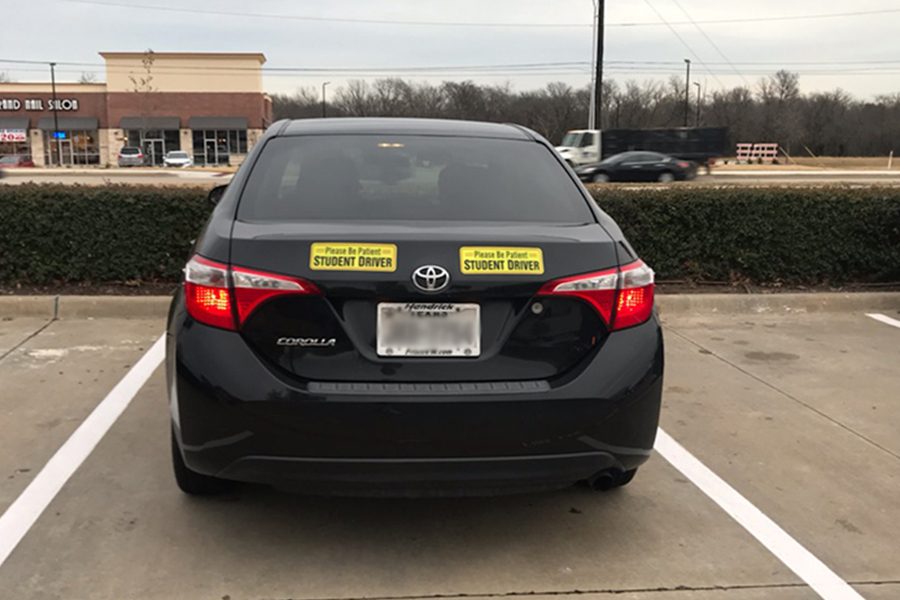Outdoor ed but why not drivers ed
Wingspan’s Sydney Bishop shares her thoughts on the benefit of having a drivers ed class on campus.
December 19, 2018
Although it is common to think that all teens want to dive behind the wheel as soon as they turn 16, this sadly is not the case. Only 24.5 percent of Texas 16 year olds obtain their drivers license. With the current laws in place in the state of Texas related to getting a driver’s license, such as a required 44 hours of behind-the-wheel instruction, many students find it difficult to find time to obtain their license. However, the inconvenience of not being able to drive to and from somewhere without mom and dad is not the only problem we are faced with when teens don’t attend drivers education courses.
Having drivers education on campus will likely increase the amount of students who take the course thus reducing the number of teen accidents and traffic violations in the streets. According to Drive Safely, drivers who had taken a driver’s ed course were involved in fewer crashes with 11.1 percent of the driver’s ed group having been in an accident as opposed to 12.9 percent of those who hadn’t taken a course.
The study also showed that those who had taken a driver’s ed course were considerably less likely to get a moving violation ticket with 10.4 percent of those who had taken a course receiving a ticket, compared to 18.3 percent of those who hadn’t.
Beside the legal benefits, students will simply have the luxury of fitting drivers education into their busy schedules with the class being held during school hours.
According to Drive Safely, many students opt out of attending driver’s education programs because of lack of time to balance attending an off campus driving school and “dealing with the demands of high school and homework” along with the struggle of “fewer school-based programs that support drivers education.”
Simply put, students can’t find the time for driver’s education on top of school and extracurricular activity.
If Texas school districts offered an on campus Driver’s Education course, it would benefit eligible students (15 to 18 year olds), because they could take it during school hours rather than struggling to find time outside of school.
The district should offer driver’s education as an elective. Specifically an elective for sophomores, juniors, seniors and freshman that will be 15 years old by the second semester. That way, all students eligible by the appropriate age have the option to take driver’s ed during school hours.
Such a course would present financial challenges to school districts as there would be a need for teachers, training, cars, and insurance. But this course could mimic many extracurricular courses in high schools, and require a course fee for each student. Soon enough, the course fees will add up and reach the break even point for the class’s expenses.
With on campus driver’s ed courses, students will be able to have a more concise and organized schedule and less of a chance to be involved in a wreck or to be convicted of traffic violations. School will officially provide all the possible education they need for everyday life, due to the inclusion driver’s education. With such courses available at school, rather than shuffling around and trailing behind a busy and scattered schedule, students will be able breath as exactly what they need is provided for them all in the one place they spend the most time.












